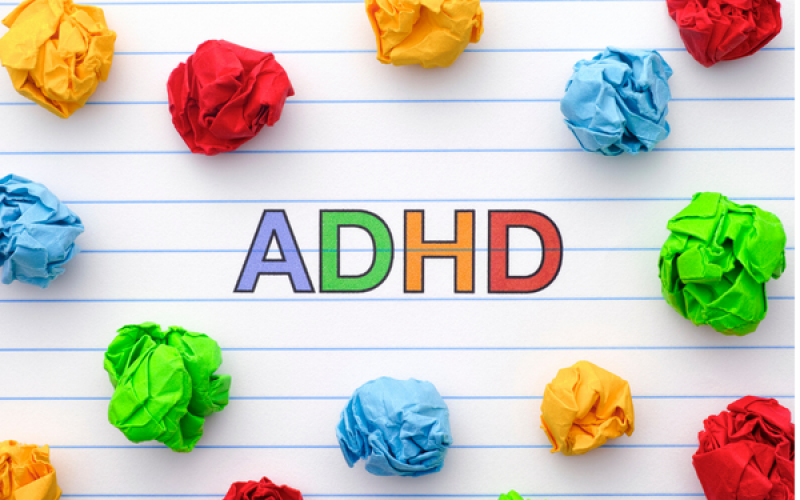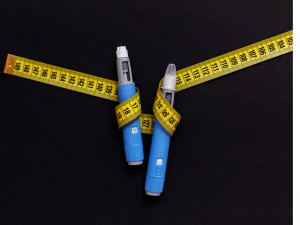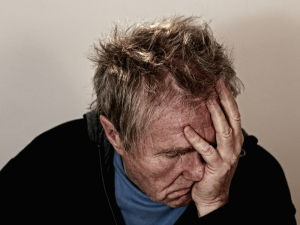In the last post, we looked at the signs and symptoms of ADHD; you can catch up here. This time let’s explore treatment, medication and other support.
Medication
Medication is not a permanent cure for ADHD but may help someone with the condition concentrate better, be less impulsive, feel calmer, and learn and practise new skills. Some medicines must be taken daily, while others can be taken on school or work days. There are five types of medicine licensed for the treatment of ADHD divided into two groups. Small doses are prescribed initially and may increase gradually; regular check-ups are required to ensure the treatment works effectively and check for signs of any side effects or problems. Periodic treatment breaks are recommended to assess whether the medication is still needed.
| Stimulant medications | Non-stimulant medications |
| Stimulant medications are the traditional treatment for ADHD. For some people, these medications are the best option, but not everyone with ADHD tolerates stimulant medications well. Additionally, they can have harmful interactions with other prescription medications. | Non-stimulant medications are also an option for treating ADHD. This includes some antidepressants as well as non-stimulants specifically made for ADHD. Like stimulants, these medications aren’t the right choice for everyone with ADHD. |


| Medication | Common side effects include: |
|
Methylphenidate is the most commonly used medicine for ADHD and may be offered to children over five years of age. It increases activity in the brain, particularly in areas that control attention and behaviour. |
|
|
Lisdexamfetamine also improves concentration, focus and attention while reducing impulsive behaviour. It is a second-line treatment prescribed to children over the age of 5. Methylphenidate has not helped over six weeks |
|
|
Dexamfetamine is similar to lisdexamfetamine and works in the same way. It may be offered to adults, teenagers and children over the age of 5 |
|
|
Atomoxetine works differently from other ADHD medicines. It’s a selective noradrenaline reuptake inhibitor (SNRI). It increases the amount of noradrenaline in the brain to aid concentration and help control impulses. |
|
|
Guanfacine acts on the part of the brain to improve attention, and it also reduces blood pressure. |
|

Therapy
As well as taking medication, other therapies can help treat ADHD and any additional problems, such as conduct or anxiety disorders, including
| Social skills training | Psychoeducation | Behaviour therapy |
| Social skills training involves taking part in role-play situations and aims to teach children how to behave in social situations by learning how their behaviour affects others. | Psychoeducation can help children, teenagers, and adults make sense of being diagnosed with ADHD to help them cope with its effects. | Behaviour therapy supports carers of children with ADHD. Usually, it involves a system of rewards to encourage your child to try to control their ADHD. |
Diet and supplements
Some people may notice a link between types of food and worsening ADHD symptoms. Keeping a simple photo diary can help identify patterns if this is the case. Please do not cut out foods before seeking medical advice. A GP may refer to a dietitian.
Some studies have suggested that omega-3 and omega-6 fatty acids supplements may benefit people with ADHD. Getting medical advice before taking supplements is advisable because some can react unpredictably with medicine or make it less effective. Also, some supplements, especially fat-soluble ones, should not be taken long-term, as they can reach dangerous levels in your body.
 Resources
Resources
Learning about ADHD, how it affects your child, and which parenting approaches work best will help your child flourish and reduce family stress.







